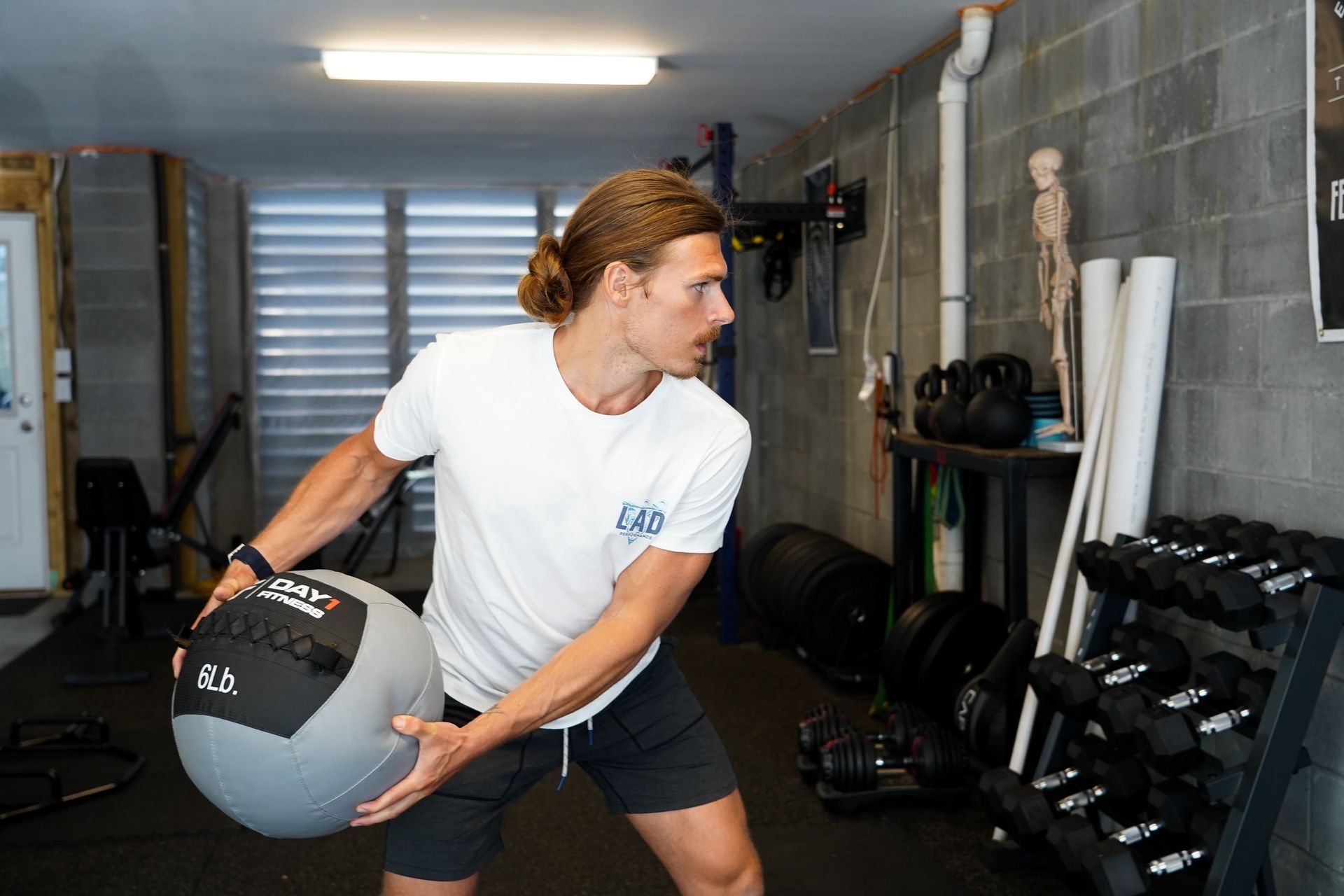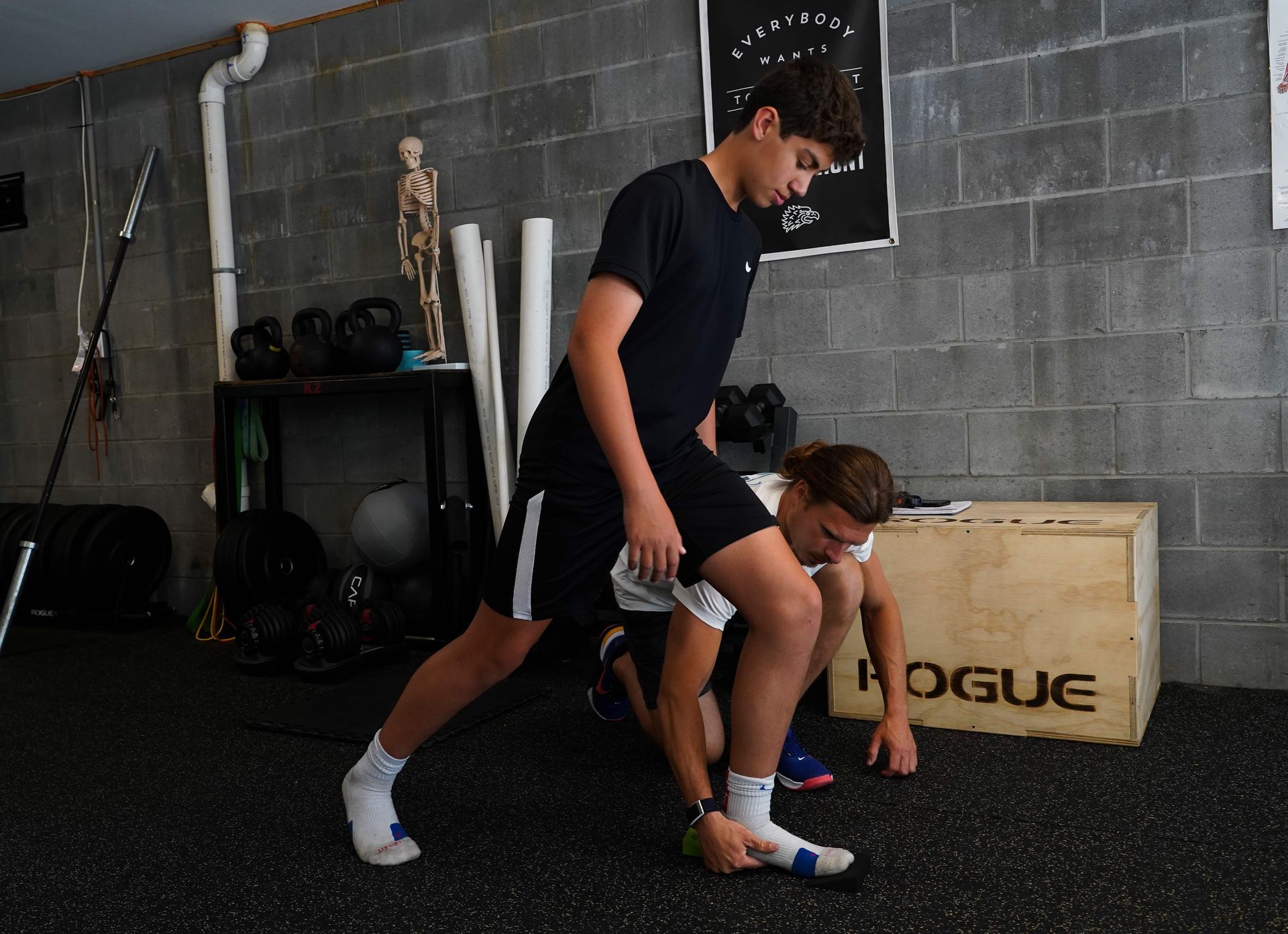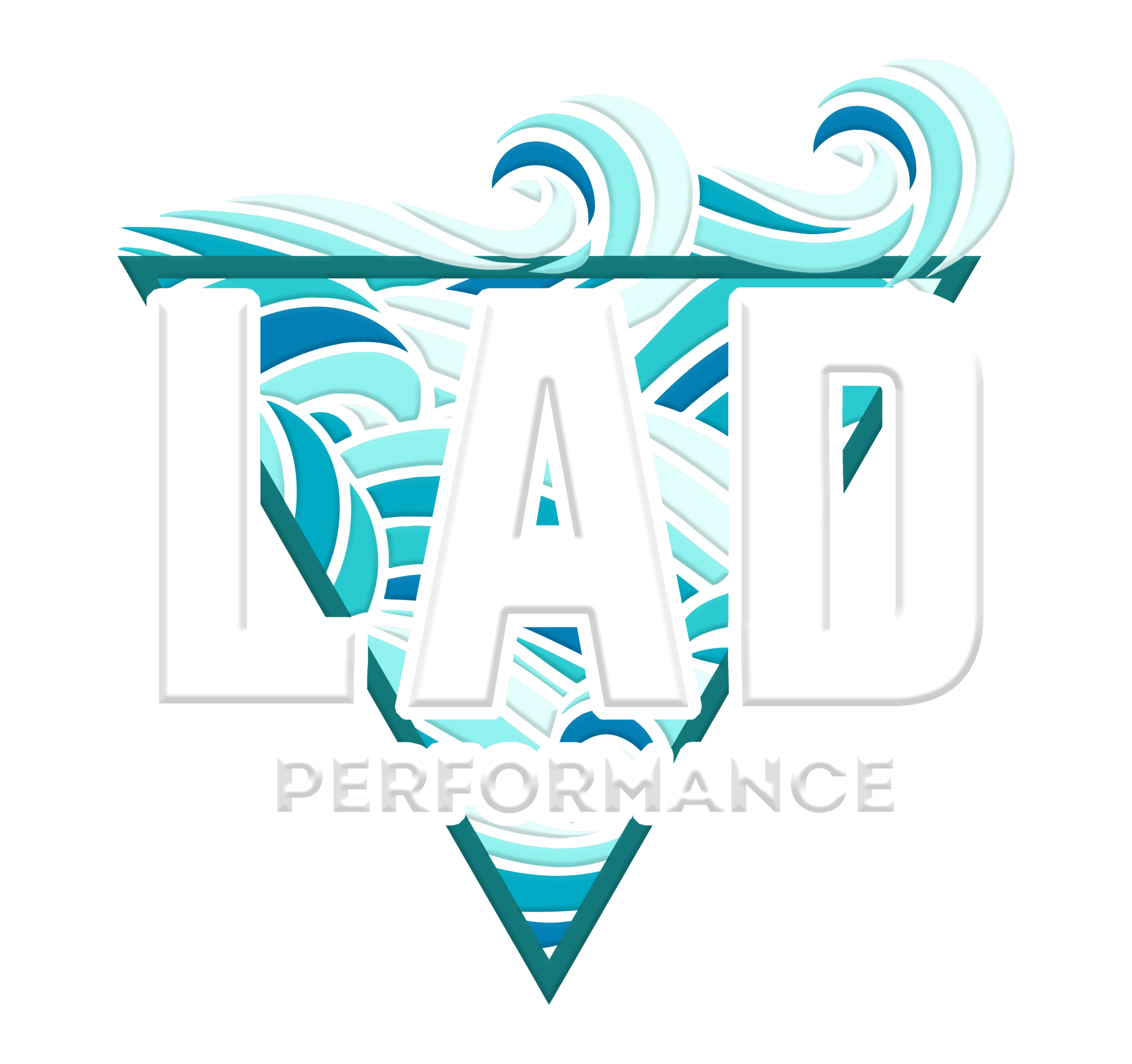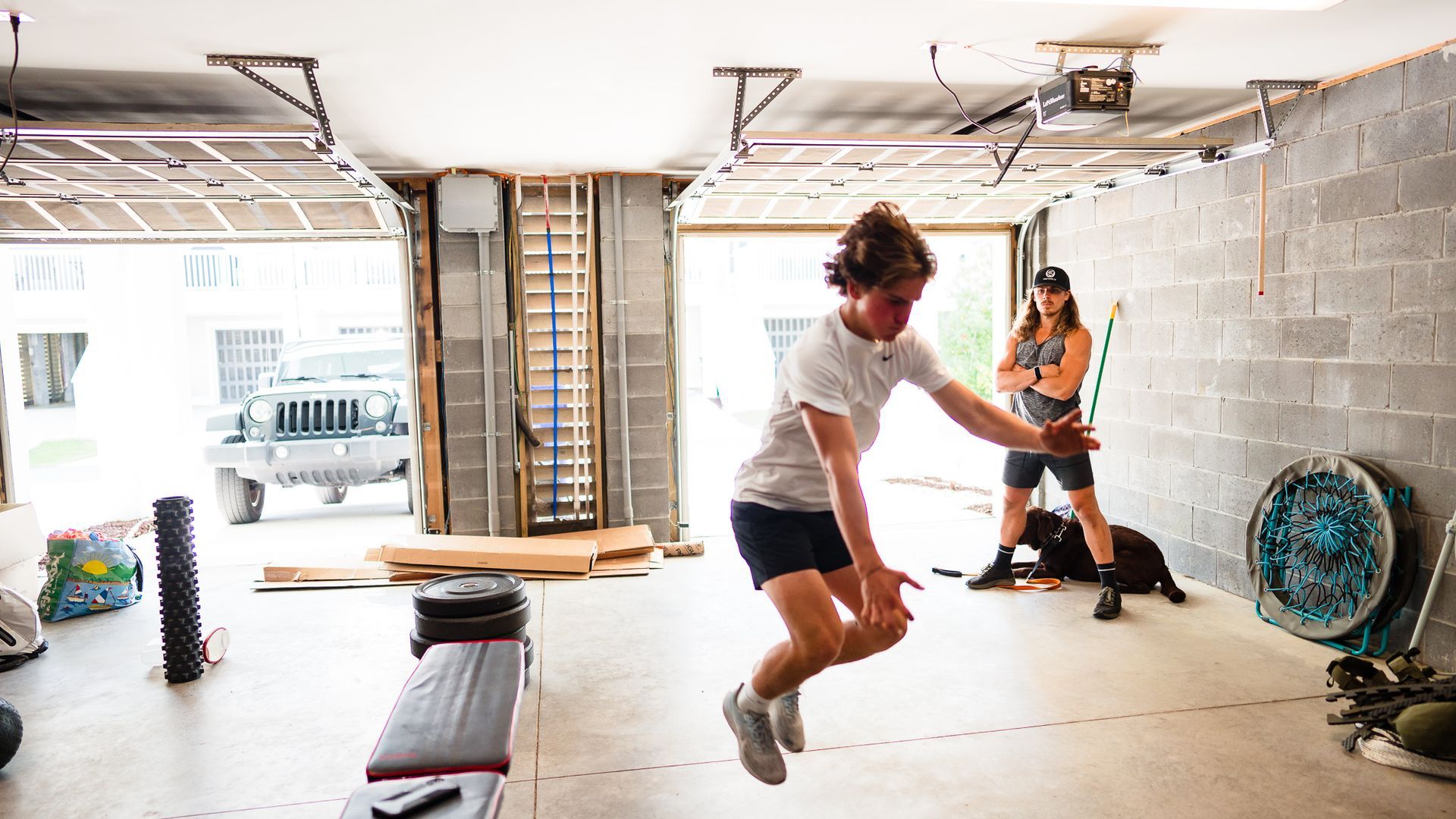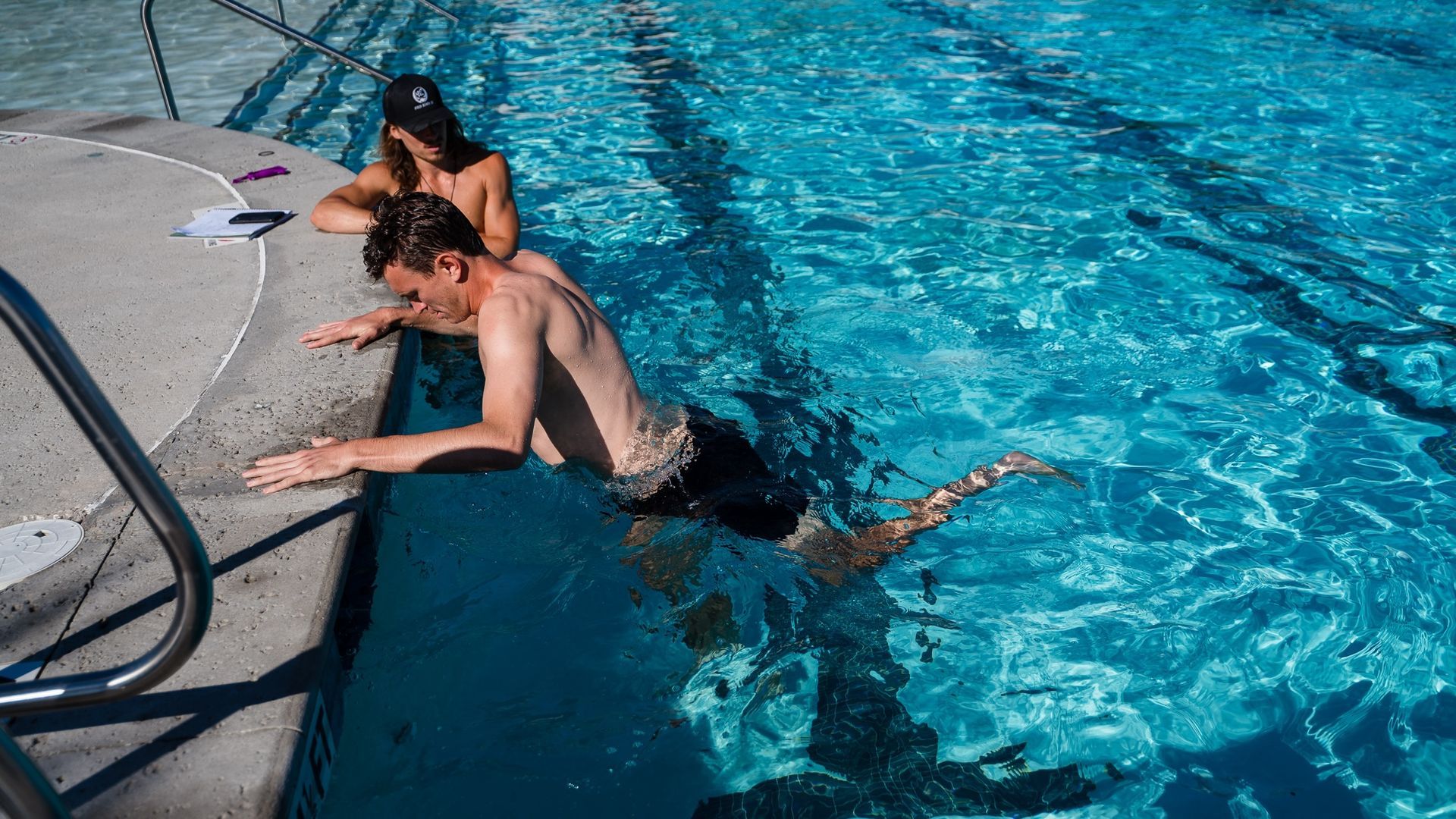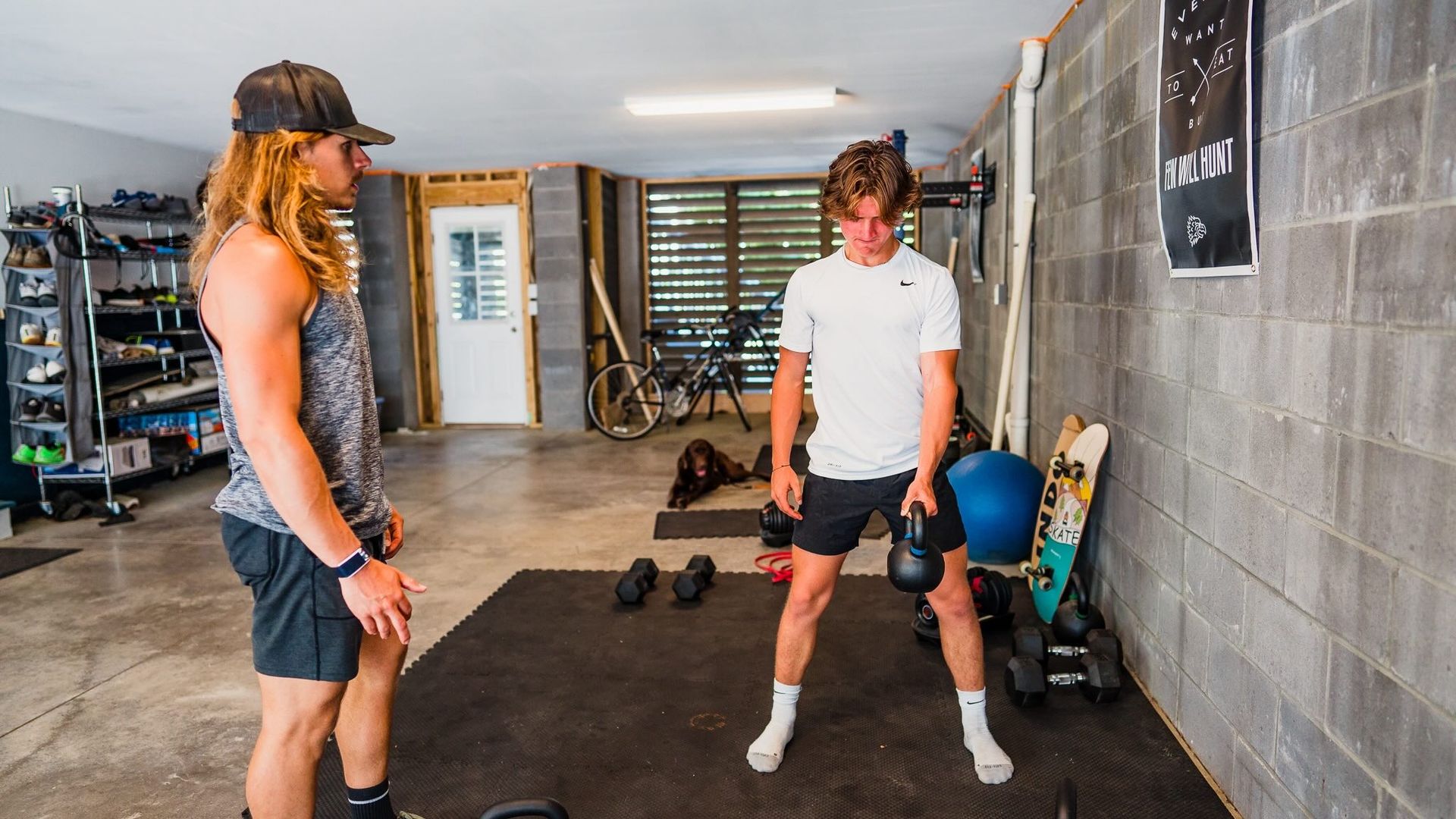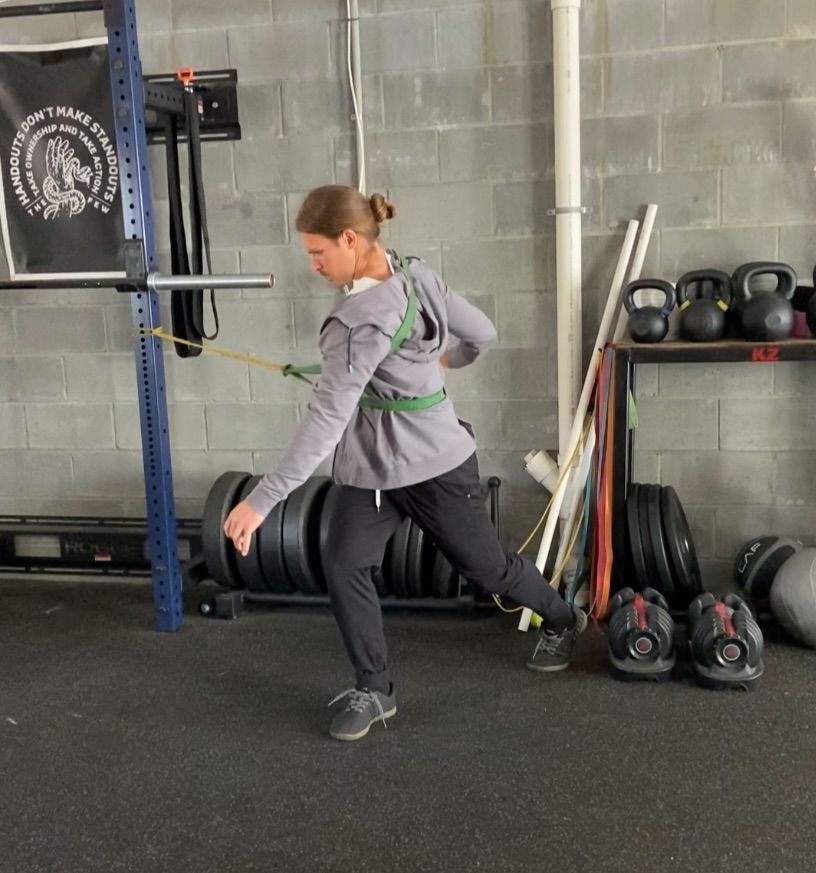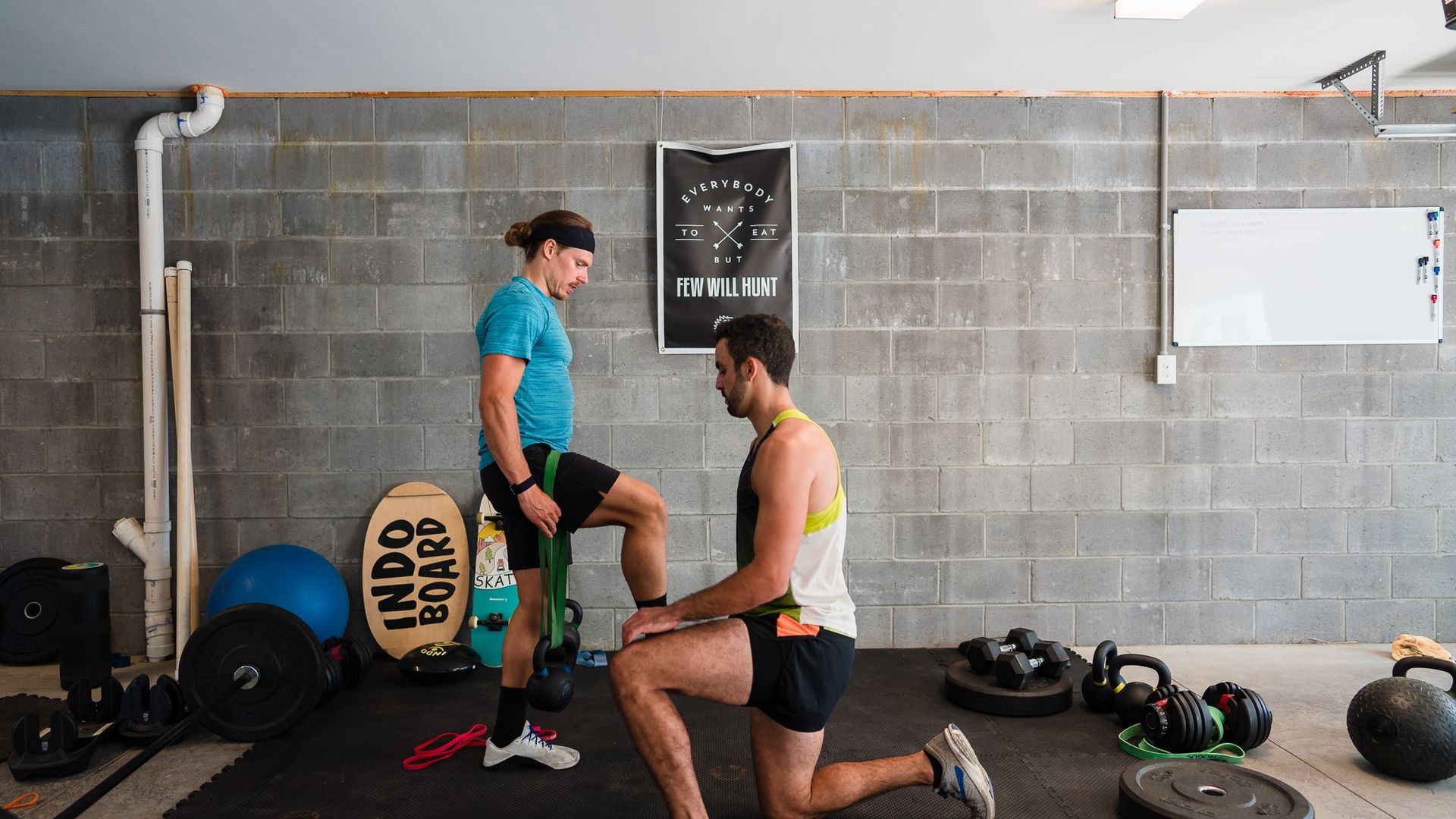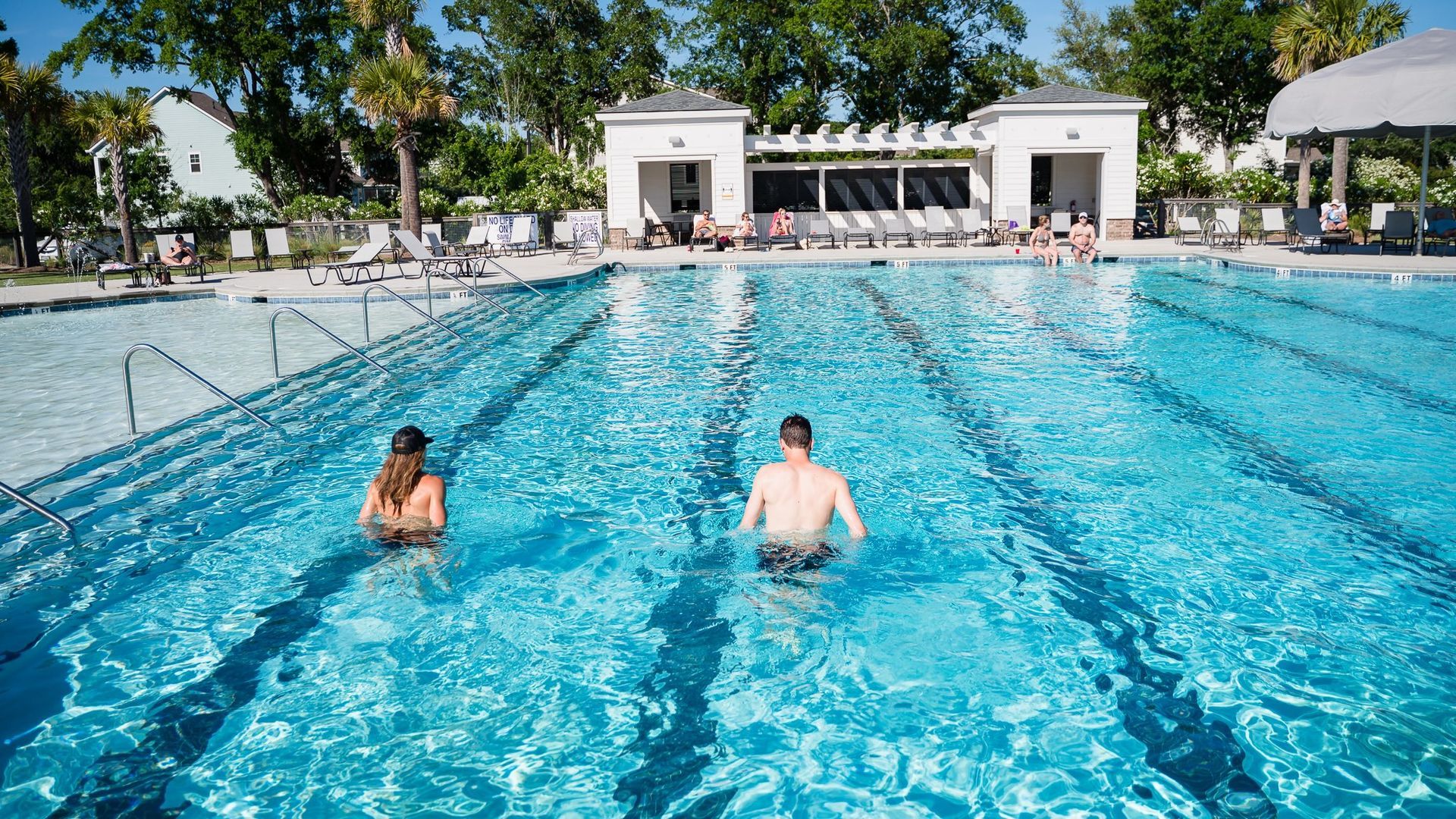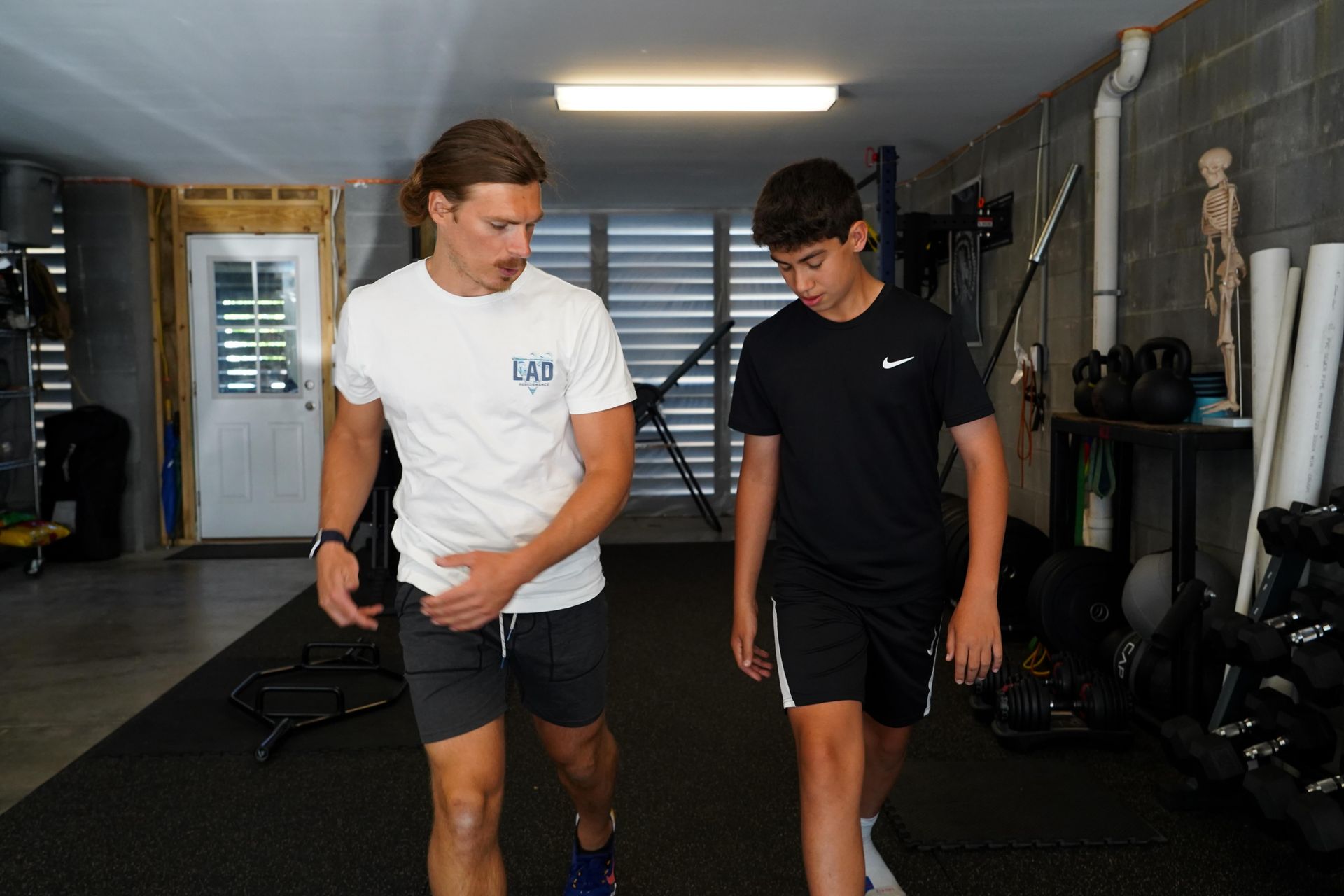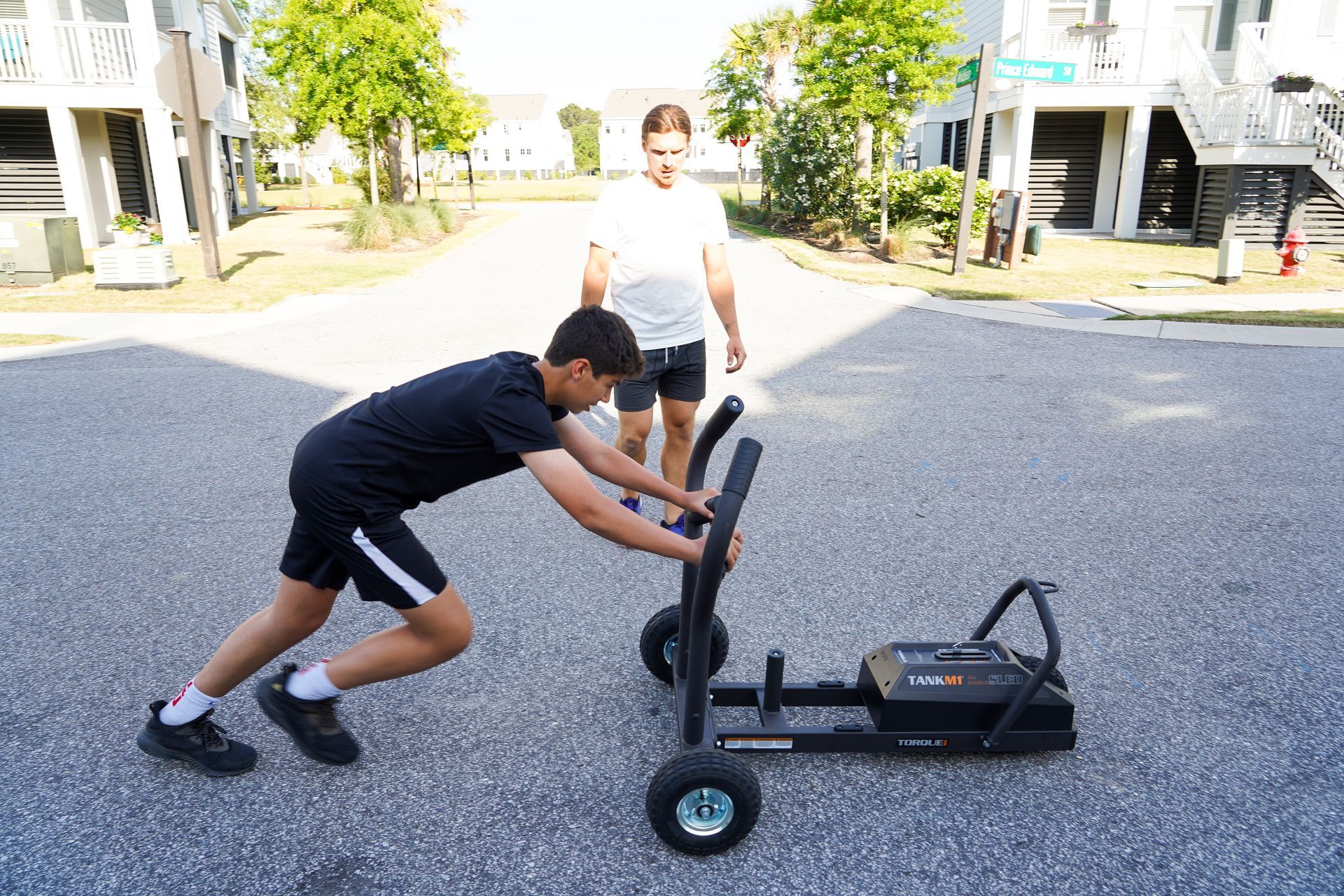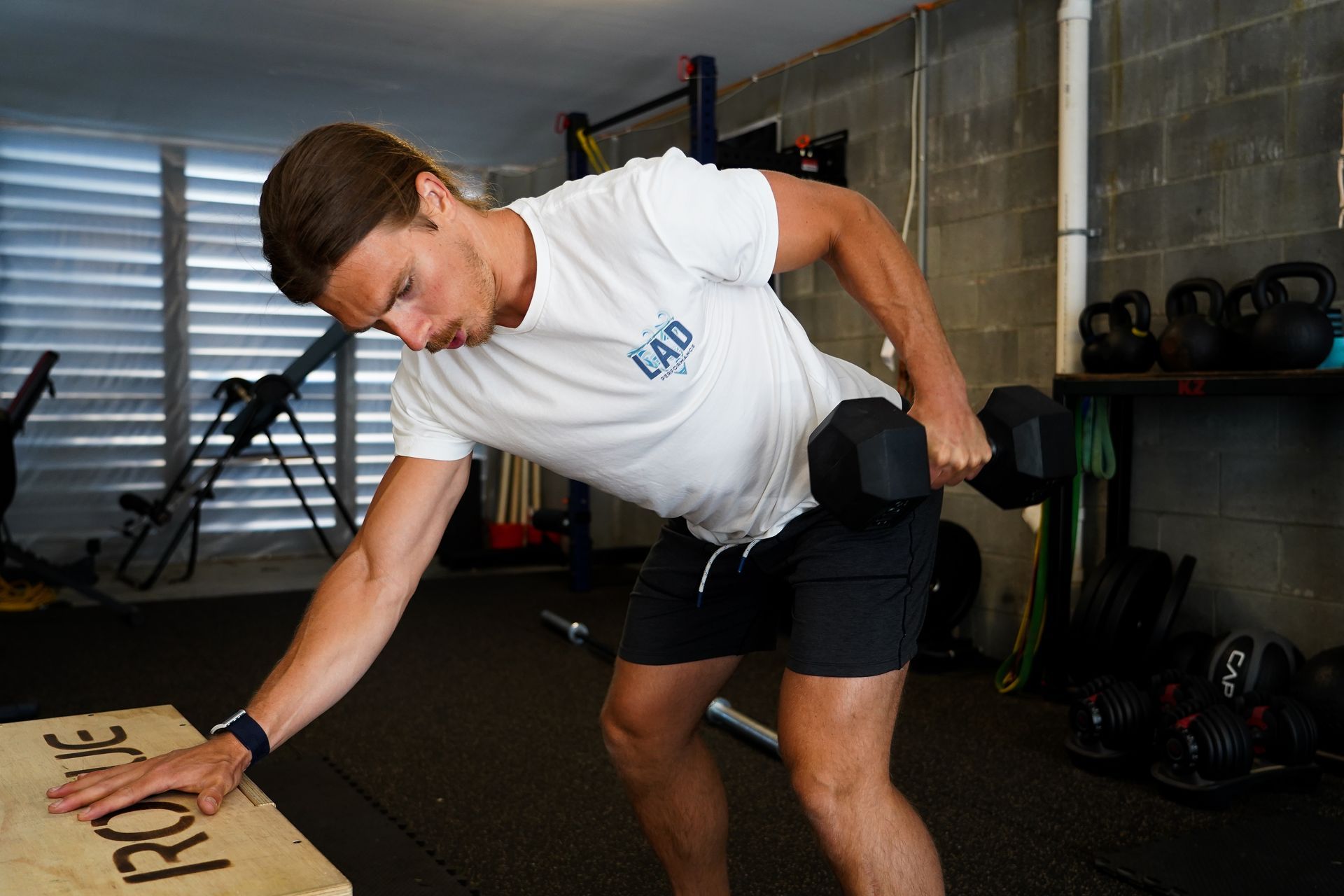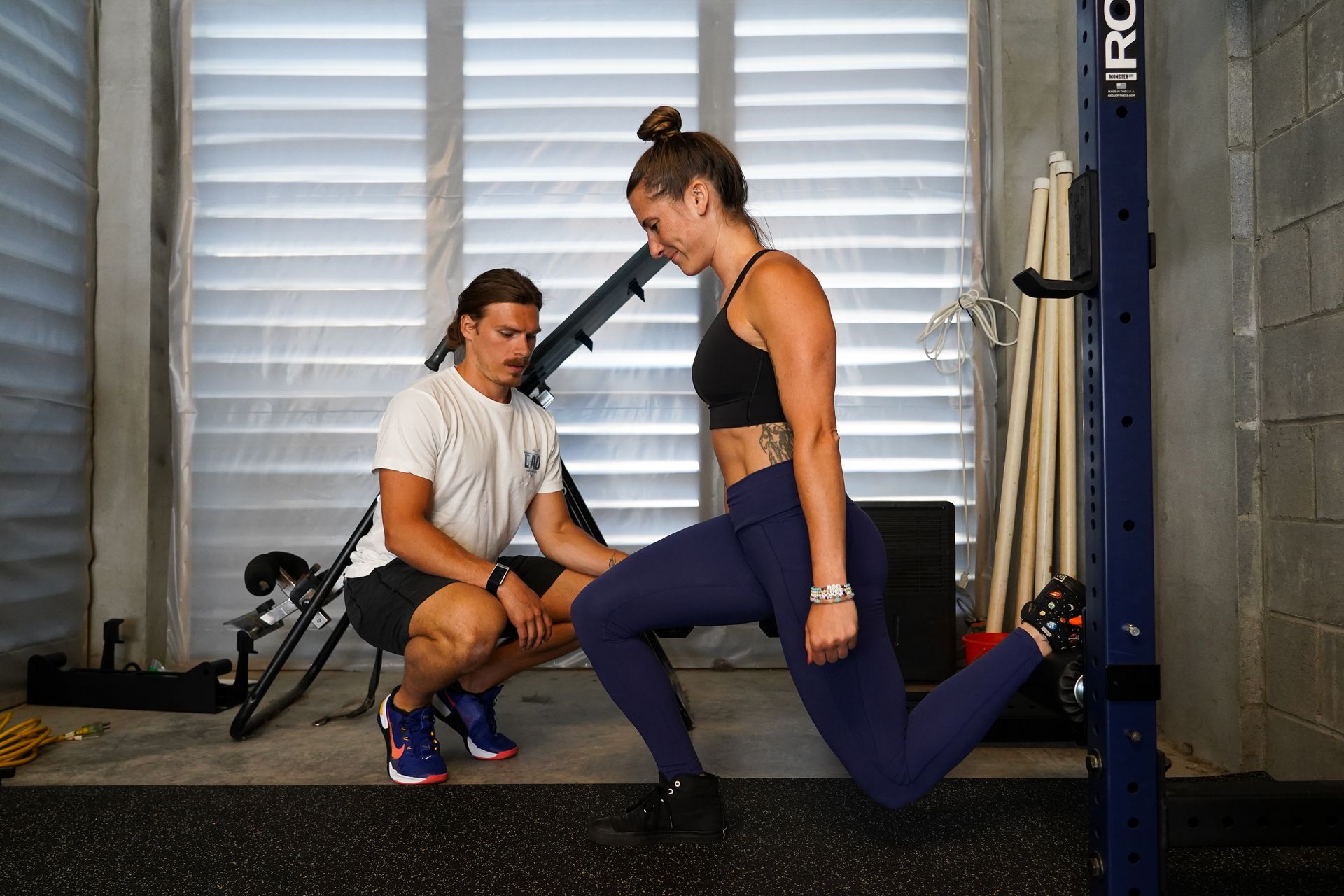Speed Kills
This is a subtitle for your new post
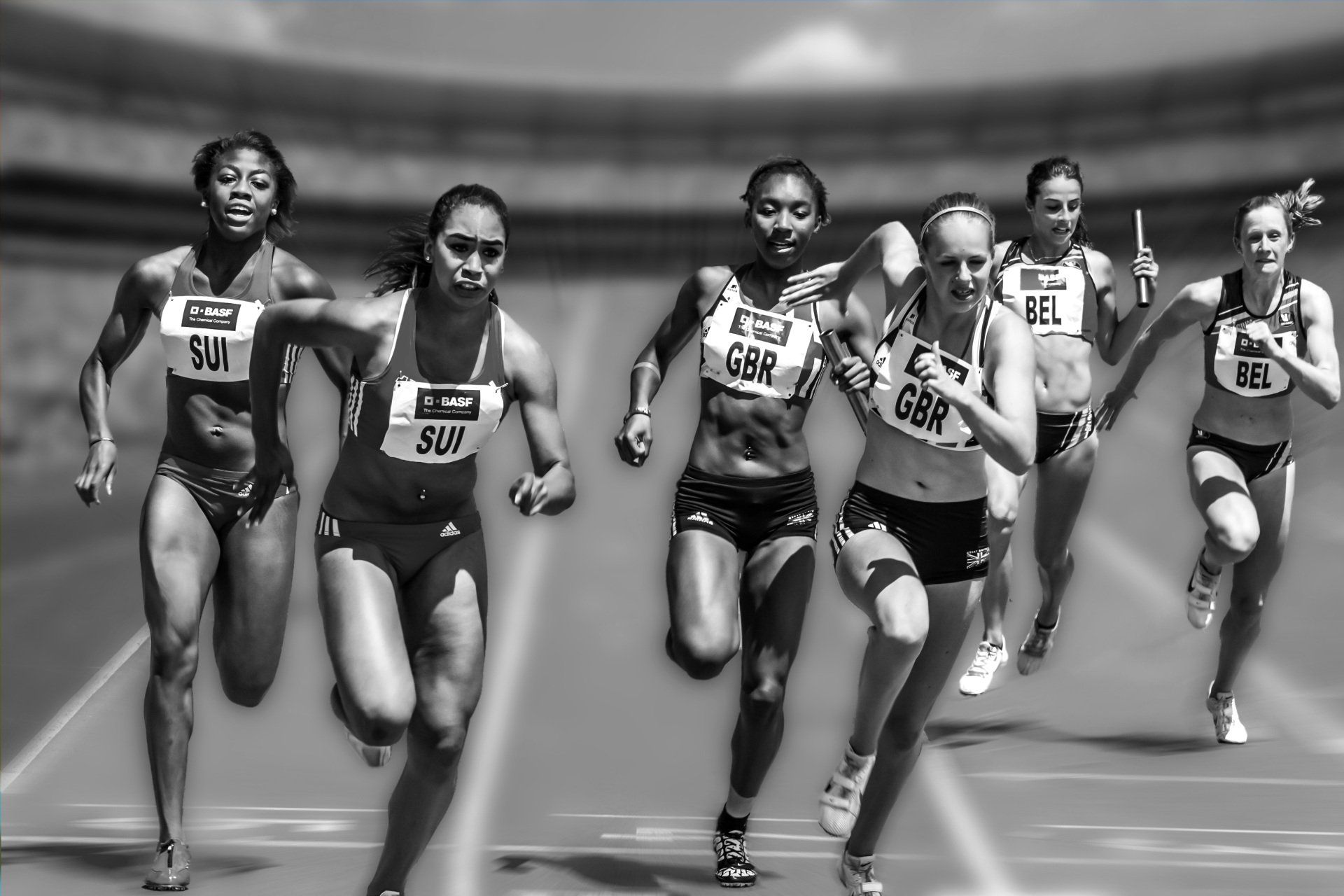
Speed is the most sought after attribute in athletics. It doesn’t matter at what level or age, amateur or professional. Everyone seeks out speed because of what it represents. Simply, speed is the ratio between distance and time. Therefore to increase our speed or become faster we would either a) decrease the time it takes to travel a fixed distance fixed time or b) travel farther in a fixed period of time. Pretty self-explanatory, right? You know, if you have spent any time trying to become faster, how challenging this journey can be. It's just as much mental as it is physical. The further a long on this journey you go the tougher it becomes to see results, the law of diminishing returns. Olympians spend a decade working to shave off hundredths of a second. If you haven’t been gifted with upper echelon genetics you will find yourself putting in piles of work to try and improve fractions. All this being said, I'm here to remind you that it's worth the journey. A journey that is reserved for those who show up day in and day out to train with intent and purpose.
The advantages of speed are quite literally shown in wins and losses (track). Outside of track, improving your speed will allow you to get to a ball more quickly, chase down an offensive player or outrun a pursuer. Each of these are vital to become more successful athletically. I want to break down speed into unique categories or buckets. Some common ones that we break down with our athletes include: reaction time, acceleration & deceleration, max speed & speed endurance. All of these are coveted in their own respect & in unique sporting requirements. You can probably picture each of these in their own respect shown across various sports. Think about reacting to a basketball defender, a tennis ball or a thrown football or running down an offensive player on a soccer field to prevent them from getting a shot on goal. These examples are just a few of many. I would like to briefly discuss each of these buckets, examples of how they show up and the importance.
Human Kinetics, amongst others, has published a few articles related to each of these four buckets that I think are worth a read if you have the time and interest. The first, reaction time, is the ability of the athlete to react to an external stimuli whether it be visually or auditory. The greater processing ability the individual has, the faster the motor neurons can be recruited and fired to the necessary muscles. This is neuromuscular. Reaction time is always first. Think of the sports you play... it could be the sound of the starters gun, a ball thrown or body moving. I'm sure you can come up with several examples on your own. Acceleration & Deceleration (change of direction), the second bucket, are measures of the rate of change in speed. The faster you can change your velocity (speed with direction) the more equipped you will be to excel at virtually all sports. This bucket may be the most important speed attribute and my personal favorite. The ability to change direction is absolutely crucial. This is what helps to free up space to make a shot or what prevents an opponent from scoring. If you want to examine this in a real life setting then go observe any team sport and watch players who excel the most. More often then not they are ones who excel at changing velocity the fastest.
The third bucket is max speed. I bet when you think of max speed you think of Usain Bolt who famously topped out at a max speed of nearly 28 mph (which in some residential areas could be pulled over for speeding). Research has shown that it takes ~3-5 seconds or roughly 30-40 meters to hit top speed. This being said, a lot of time in our time sports is not spent at max speed. More often than not we aren't playing on a field or court that allows us to even hit 40 meters straightaway. There truly aren't a ton of sports that are played where you see top speed displayed. However, including training at top speed is awesome because it displays your greatest RFD (Rate of Force Development). Don't forget this. I see so many times the failure of youth athletes to hit sprints ranging between 30-50 meters in team sports. I'd prioritize this over throwing them under a barbell. An average sprinter can produce 500-600 pounds of force when he/she sprints. Now compare that to a squat or deadlift... there is NO WAY that same average person is producing that on a squat or a deadlift. Plus there is no axial compression from maintaining proper positioning like there is in a barbell back squat, as an example. I am certainly not saying that a barbell back squat is bad, but what I am saying is understand the options that you have to develop force and which is better suited for you to get the intended result (in this case our measure is speed). Finally we have speed endurance. This is the ability to withstand speed without fatigue. How crucial is this, well, think about your sports.. How long are they played? What is most often the limiting factor for you toward the end of quarters, halves, matches or games? The ability one has to hold speed is not sexy or flashy, but more about the will (oftentimes the will of the mind). You can't cheat the grind especially when it comes to speed endurance.
So after knowing all this how can you implement? Well, with any new skill there takes a certain level of practice. You need to get in the trenches. Head to a field or a court and practice each of these phases on your own. Have a friend point or yell or chase you down to mimic reaction time, set up cones or different objects to work change of direction, carve out the necessary space to be able to sprint for 50 yards+ or perform a beep test or a test of speed endurance for an elongated period of time. As mentioned in the beginning, this skill takes time. You may not see results as quickly as you would with an increase in your squat, press or deadlift. Start with training 1-2 times per week for 30 minutes each session after a proper dynamic warm up. Film yourself, study yourself and always log your results. What gets measured gets managed!
